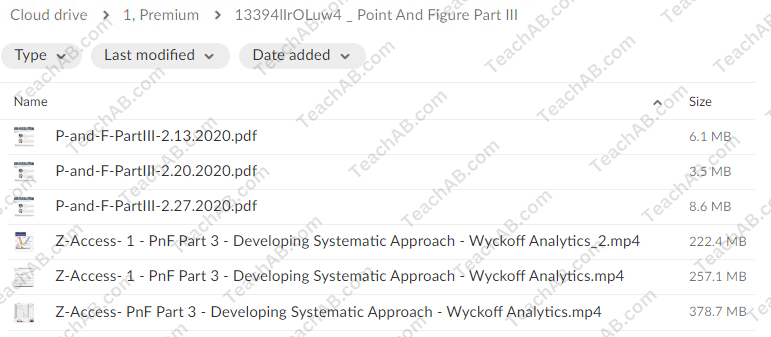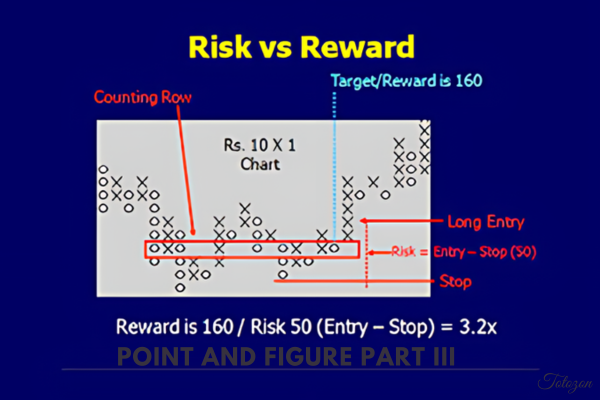-
×
 TRADING NFX Course with Andrew NFX
1 × $5.00
TRADING NFX Course with Andrew NFX
1 × $5.00 -
×
 Forecast 2024 Clarification with Larry Williams
1 × $15.00
Forecast 2024 Clarification with Larry Williams
1 × $15.00 -
×
 The Prop Trading Code with Brannigan Barrett - Axia Futures
1 × $23.00
The Prop Trading Code with Brannigan Barrett - Axia Futures
1 × $23.00 -
×
 Order flow self-study training program with iMFtracker
1 × $10.00
Order flow self-study training program with iMFtracker
1 × $10.00 -
×
 Deep Dive Butterfly Trading Strategy Class with SJG Trades
1 × $41.00
Deep Dive Butterfly Trading Strategy Class with SJG Trades
1 × $41.00 -
×
 Compass Trading System with Right Line Trading
1 × $39.00
Compass Trading System with Right Line Trading
1 × $39.00 -
×
 The Orderflows Trade Opportunities Encyclopedia with Michael Valtos
1 × $8.00
The Orderflows Trade Opportunities Encyclopedia with Michael Valtos
1 × $8.00 -
×
 Advanced Spread Trading with Guy Bower - MasterClass Trader
1 × $15.00
Advanced Spread Trading with Guy Bower - MasterClass Trader
1 × $15.00 -
×
 The Best Option Trading Course with David Jaffee - Best Stock Strategy
1 × $15.00
The Best Option Trading Course with David Jaffee - Best Stock Strategy
1 × $15.00 -
×
 Options Trading & Ultimate MasterClass With Tyrone Abela - FX Evolution
1 × $54.00
Options Trading & Ultimate MasterClass With Tyrone Abela - FX Evolution
1 × $54.00 -
×
 Ultimate Trading Course with Dodgy's Dungeon
1 × $8.00
Ultimate Trading Course with Dodgy's Dungeon
1 × $8.00
Point And Figure Part III By Bruce Fraser & Roman Bogomazov – Wyckoff Analytics
$299.00 Original price was: $299.00.$23.00Current price is: $23.00.
File Size: 876.3 MB
Delivery Time: 1–12 hours
Media Type: Online Course
Content Proof: Watch Here!
You may check content proof of “Point And Figure Part III By Bruce Fraser & Roman Bogomazov – Wyckoff Analytics” below:

Point And Figure Part III By Bruce Fraser & Roman Bogomazov – Wyckoff Analytics
Introduction to Point and Figure Charting
Point and Figure (P&F) charting is a timeless method used by traders to analyze and forecast price movements in financial markets. Unlike traditional charts, P&F charts focus solely on price changes, filtering out the noise of time. In Point And Figure Part III, Bruce Fraser and Roman Bogomazov delve deeper into this fascinating technique, providing advanced insights and practical applications for traders.
What is Point and Figure Charting?
Basic Concepts
Point and Figure charting eliminates the time element and focuses on price movements. This method uses ‘X’ to represent rising prices and ‘O’ to denote falling prices.
Historical Background
The origins of P&F charting date back to the late 19th century, and it has been used by traders ever since to identify key levels of support and resistance, as well as potential breakout points.
Advanced Techniques in P&F Charting
Reversal Criteria
In Point And Figure Part III, Fraser and Bogomazov explore various reversal criteria. The standard practice involves using a three-box reversal, but traders can adjust this based on their risk tolerance and market conditions.
Box Size
The box size is a critical component of P&F charts. It determines the price movement needed to draw a new ‘X’ or ‘O’. Fraser and Bogomazov discuss methods for selecting appropriate box sizes for different markets.
Chart Patterns
- Double Top/Bottom: Indicates potential reversals.
- Triple Top/Bottom: Suggests stronger confirmation of trend reversals.
- Ascending/Descending Triple Tops: Indicates strong continuation signals.
Practical Applications of P&F Charting
Identifying Trends
P&F charts excel at identifying long-term trends. By filtering out minor price fluctuations, they provide a clearer picture of the underlying trend.
Support and Resistance
The clarity of P&F charts makes it easier to spot key support and resistance levels. This can help traders set stop-loss levels and identify potential entry and exit points.
Breakouts
Fraser and Bogomazov emphasize the importance of breakouts in P&F charting. A breakout occurs when the price moves beyond a predefined level, indicating a potential new trend.
Incorporating Wyckoff Method with P&F
Wyckoff Phases
Combining P&F charting with the Wyckoff Method enhances a trader’s ability to understand market phases such as accumulation, distribution, and markup/markdown.
P&F and Wyckoff Analysis
Fraser and Bogomazov show how to integrate P&F charts with Wyckoff’s principles to improve market timing and trade selection.
Case Studies
Successful Trades
The authors provide several case studies where P&F charting was used to make successful trades. These real-world examples illustrate the effectiveness of combining P&F with other analytical methods.
Lessons Learned
Each case study includes a detailed analysis of what worked and what didn’t, offering valuable lessons for traders looking to refine their strategies.
Tools and Resources for P&F Charting
Software Platforms
Various trading platforms support P&F charting. Fraser and Bogomazov recommend using tools that allow for customization of box size and reversal criteria.
Educational Resources
Wyckoff Analytics offers a wealth of educational resources, including webinars, articles, and tutorials to help traders master P&F charting.
Common Challenges and Solutions
False Signals
One common challenge with P&F charting is dealing with false signals. Fraser and Bogomazov suggest combining P&F with other indicators to confirm signals and reduce false positives.
Charting Software Limitations
Some charting software may not offer advanced P&F customization. It’s important to choose platforms that provide the necessary flexibility and tools.
Future Trends in P&F Charting
Integration with AI
The future of P&F charting may involve integration with AI to automate pattern recognition and enhance predictive accuracy.
Increased Popularity
As more traders seek robust, time-tested methods, the popularity of P&F charting is likely to grow, supported by ongoing advancements and educational efforts.
Conclusion
Point And Figure Part III by Bruce Fraser and Roman Bogomazov offers a comprehensive guide to advanced P&F charting techniques. By incorporating these methods into their trading toolkit, traders can gain a clearer, more accurate view of market trends and make more informed trading decisions. Whether you are a novice or an experienced trader, the insights provided in this series are invaluable for mastering the art of P&F charting.
Frequently Asked Questions
1. What is Point and Figure charting?
Point and Figure charting is a method that focuses on price movements, using ‘X’ and ‘O’ to represent rising and falling prices, respectively.
2. How does P&F charting differ from traditional charts?
Unlike traditional charts, P&F charts ignore time and only focus on significant price movements, filtering out minor fluctuations.
3. What are some key patterns in P&F charting?
Key patterns include double tops/bottoms, triple tops/bottoms, and ascending/descending triple tops.
4. How can I integrate Wyckoff Method with P&F charting?
Combining P&F with Wyckoff’s principles helps in understanding market phases and improving trade timing.
5. What tools are recommended for P&F charting?
Choose trading platforms that offer customization of box size and reversal criteria, and utilize educational resources like those provided by Wyckoff Analytics.
Be the first to review “Point And Figure Part III By Bruce Fraser & Roman Bogomazov – Wyckoff Analytics” Cancel reply
You must be logged in to post a review.
Related products
Forex Trading
Forex Trading
Quantamentals – The Next Great Forefront Of Trading and Investing with Trading Markets
Forex Trading
Forex Trading
The Complete Guide to Multiple Time Frame Analysis & Reading Price Action with Aiman Almansoori
Forex Trading
Forex Trading
Forex Trading
Forex Trading
Forex Trading
Forex Trading
Forex Trading
Forex Trading

















Reviews
There are no reviews yet.